Jeep Wrangler vs Kia Sportage – Which one offers the better deal?
Both models have their strengths – but which one suits you more?
Compare performance, efficiency, price and space directly: Jeep Wrangler or Kia Sportage?
Costs and Efficiency: When it comes to price and running costs, the biggest differences usually appear. This is often where you see which car fits your budget better in the long run.
Kia Sportage has a significantly advantage in terms of price – it starts at 29700 £, while the Jeep Wrangler costs 69900 £. That’s a price difference of around 40123 £.
Fuel consumption also shows a difference: Kia Sportage manages with 1.20 L and is therefore clearly more efficient than the Jeep Wrangler with 3.30 L. The difference is about 2.10 L per 100 km.
As for range, the Kia Sportage performs noticeable better – achieving up to 64 km, about 22 km more than the Jeep Wrangler.
Engine and Performance: Power, torque and acceleration say a lot about how a car feels on the road. This is where you see which model delivers more driving dynamics.
When it comes to engine power, the Jeep Wrangler has a distinct edge – offering 380 HP compared to 252 HP. That’s roughly 128 HP more horsepower.
In acceleration from 0 to 100 km/h, the Jeep Wrangler is clearly perceptible quicker – completing the sprint in 6.50 s, while the Kia Sportage takes 7.90 s. That’s about 1.40 s faster.
In terms of top speed, the Kia Sportage performs a bit better – reaching 203 km/h, while the Jeep Wrangler tops out at 177 km/h. The difference is around 26 km/h.
There’s also a difference in torque: Jeep Wrangler pulls clearly stronger with 637 Nm compared to 350 Nm. That’s about 287 Nm difference.
Space and Everyday Use: Cabin size, boot volume and payload all play a role in everyday practicality. Here, comfort and flexibility make the difference.
Both vehicles offer seating for 5 people.
In curb weight, Kia Sportage is significantly lighter – 1526 kg compared to 2276 kg. The difference is around 750 kg.
In terms of boot space, the Kia Sportage offers minimal more room – 587 L compared to 533 L. That’s a difference of about 54 L.
In maximum load capacity, the Jeep Wrangler performs slightly better – up to 2050 L, which is about 274 L more than the Kia Sportage.
When it comes to payload, Kia Sportage minimal takes the win – 580 kg compared to 536 kg. That’s a difference of about 44 kg.
Who comes out on top?
Overall, the Kia Sportage shows itself to be leaves the rival little chance and secures the title of DriveDuel Champion.
It convinces with the more balanced overall package and proves to be the more versatile choice for everyday use.
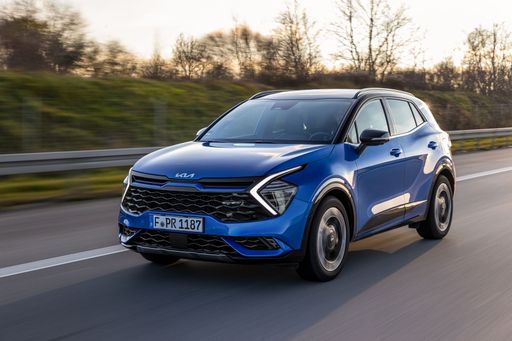
Kia Sportage
Jeep Wrangler
The Jeep Wrangler is a symbol of rugged adventure and off-road capability, renowned for its distinctive boxy design and iconic seven-slot grille. Its interior blends practicality with modern technology, providing a comfortable environment whether you're navigating city streets or challenging terrains. With a loyal fan base, the Wrangler continues to capture the spirit of freedom and exploration, making it a favourite among outdoor enthusiasts.
details @ media.stellantis.com
@ media.stellantis.com
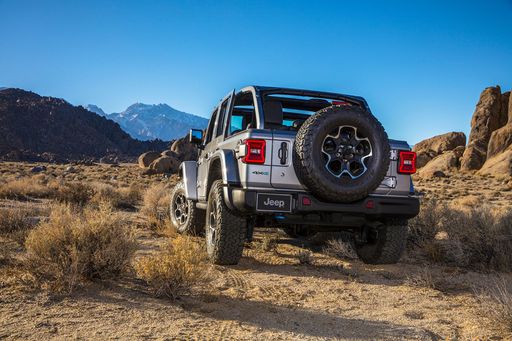 @ media.stellantis.com
@ media.stellantis.com
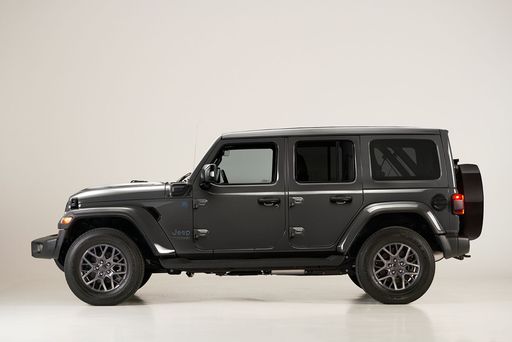 @ media.stellantis.com
@ media.stellantis.com
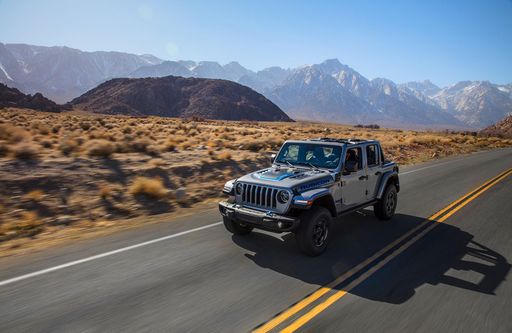 @ media.stellantis.com
@ media.stellantis.com
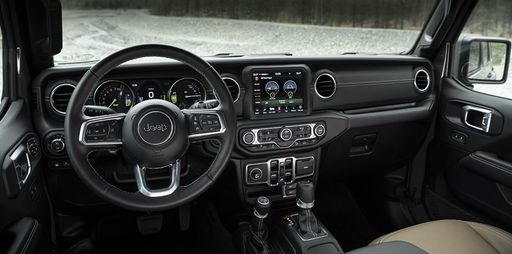 @ media.stellantis.com
@ media.stellantis.com
Kia Sportage
The Kia Sportage stands out in the crowded SUV market with its elegant design and advanced features. This vehicle offers a refined driving experience, combining comfort with responsive handling. Inside, the Sportage boasts a well-appointed cabin that provides ample space for passengers and luggage, making it an ideal choice for both city driving and longer journeys.
details @ press.kia.com
@ press.kia.com
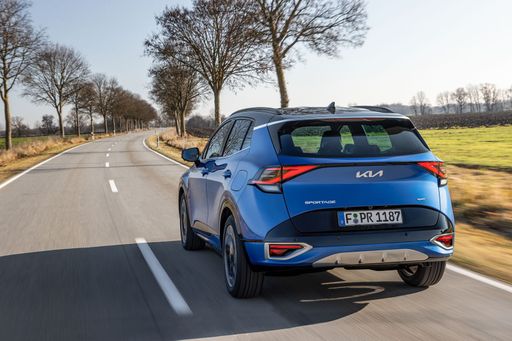 @ press.kia.com
@ press.kia.com
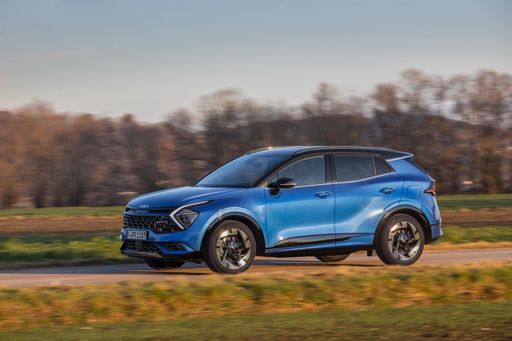 @ press.kia.com
@ press.kia.com
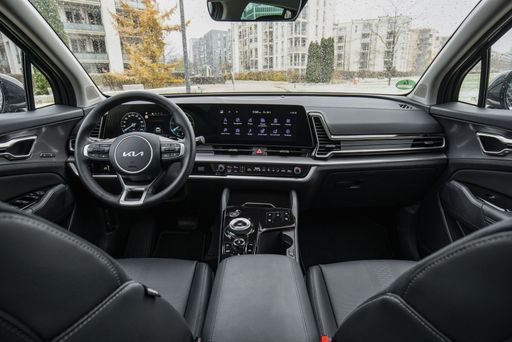 @ press.kia.com
@ press.kia.com

|

|
|
|
|
Costs and Consumption |
|
|---|---|
|
Price
69900 - 71600 £
|
Price
29700 - 44700 £
|
|
Consumption L/100km
3.3 - 4 L
|
Consumption L/100km
1.2 - 7.9 L
|
|
Consumption kWh/100km
-
|
Consumption kWh/100km
-
|
|
Electric Range
38 - 42 km
|
Electric Range
64 km
|
|
Battery Capacity
-
|
Battery Capacity
-
|
|
co2
74 - 91 g/km
|
co2
28 - 180 g/km
|
|
Fuel tank capacity
65 L
|
Fuel tank capacity
42 - 54 L
|
Dimensions and Body |
|
|---|---|
|
Body Type
Off-Roader
|
Body Type
SUV
|
|
Seats
5
|
Seats
5
|
|
Doors
5
|
Doors
5
|
|
Curb weight
2276 - 2383 kg
|
Curb weight
1526 - 1905 kg
|
|
Trunk capacity
533 L
|
Trunk capacity
526 - 587 L
|
|
Length
4882 mm
|
Length
4515 - 4540 mm
|
|
Width
1894 mm
|
Width
1865 mm
|
|
Height
1838 - 1848 mm
|
Height
1645 - 1650 mm
|
|
Max trunk capacity
2050 L
|
Max trunk capacity
1715 - 1776 L
|
|
Payload
520 - 536 kg
|
Payload
510 - 580 kg
|
Engine and Performance |
|
|---|---|
|
Engine Type
Plugin Hybrid
|
Engine Type
Diesel MHEV, Petrol MHEV, Full Hybrid, Petrol, Plugin Hybrid
|
|
Transmission
Automatic
|
Transmission
Manuel, Automatic
|
|
Transmission Detail
Automatic Gearbox
|
Transmission Detail
Manual Gearbox, Dual-Clutch Automatic, Automatic Gearbox
|
|
Drive Type
All-Wheel Drive
|
Drive Type
Front-Wheel Drive, All-Wheel Drive
|
|
Power HP
380 HP
|
Power HP
136 - 252 HP
|
|
Acceleration 0-100km/h
6.50 s
|
Acceleration 0-100km/h
7.9 - 11.6 s
|
|
Max Speed
156 - 177 km/h
|
Max Speed
180 - 203 km/h
|
|
Torque
637 Nm
|
Torque
250 - 350 Nm
|
|
Number of Cylinders
4
|
Number of Cylinders
4
|
|
Power kW
280 kW
|
Power kW
100 - 185 kW
|
|
Engine capacity
1995 cm3
|
Engine capacity
1598 cm3
|
General |
|
|---|---|
|
Model Year
2024
|
Model Year
2024 - 2025
|
|
CO2 Efficiency Class
B
|
CO2 Efficiency Class
D, E, F, B, G
|
|
Brand
Jeep
|
Brand
Kia
|
What drive types are available for the Jeep Wrangler?
The Jeep Wrangler is offered with All-Wheel Drive.
The prices and data displayed are estimates based on German list prices and may vary by country. This information is not legally binding.
